In the animal kingdom, many species have evolved spines or spikes as a defense mechanism against predators or harsh environments. These spines can be made of different materials, such as chitin in insects or keratin in mammals, and serve various purposes from protection to camouflage. Let’s explore 20 remarkable animals with spines and discover what makes each of them unique!

Spiny sea spiders are marine arthropods belonging to the class Pycnogonida. Their bodies are covered in irregular spines, especially prominent in males, a classic case of sexual dimorphism. Even the mouth area is ringed with rows of small spines for feeding and defense.
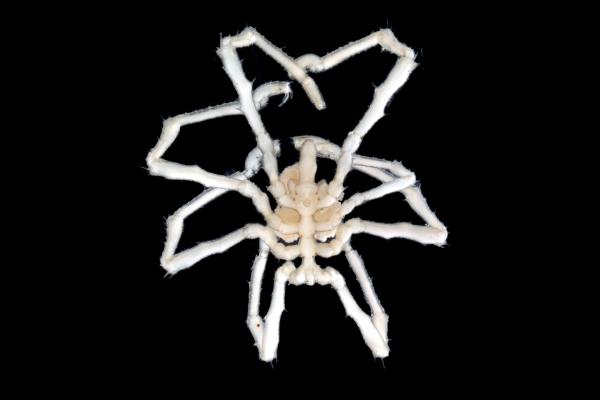
Known as “living fossils,” horseshoe crabs have a hard, horseshoe-shaped shell and their abdomens and tails feature prominent spines. The long, pointed tail spine is used for defense and flipping themselves upright.

These unique insects sport a large, plant-like spine on their backs, which closely resembles a rose thorn. This thorn is actually a fused part of their thorax and provides camouflage among plants, helping them avoid predators.
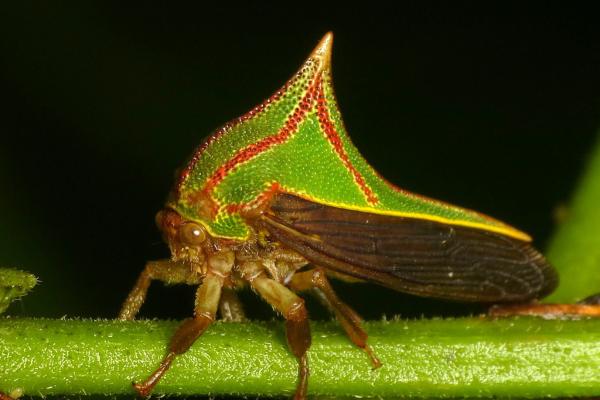
The praying mantis is famous for its folded, “praying” forearms, which are lined with sharp spines. These spines help them grasp and immobilize their prey during feeding.
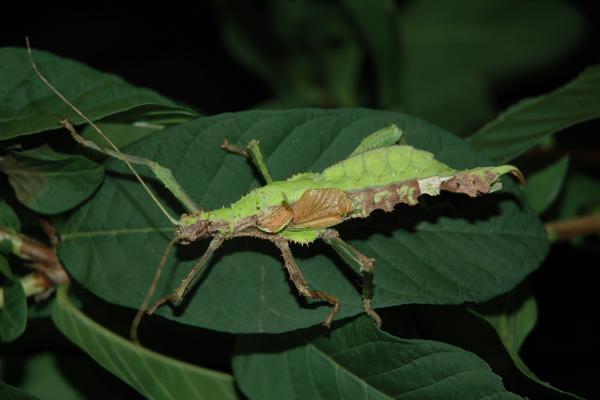
Females of this stick insect species are a vibrant green and are covered with tough, sharp spines, especially on their hind legs. When threatened, they use these legs to pinch attackers, which can even draw blood.
Spiny oysters are bivalve mollusks with shells adorned with long, pointed spines. These spines deter predators and are highly prized by shell collectors.

The fire urchin, a type of echinoderm, is globe-shaped and covered with mobile, venomous spines. A sting from these spines can cause intense pain in humans.

This echinoderm, similar to a starfish, has long, slender arms densely lined with spines. These spines help it capture food particles and protect it from predators.
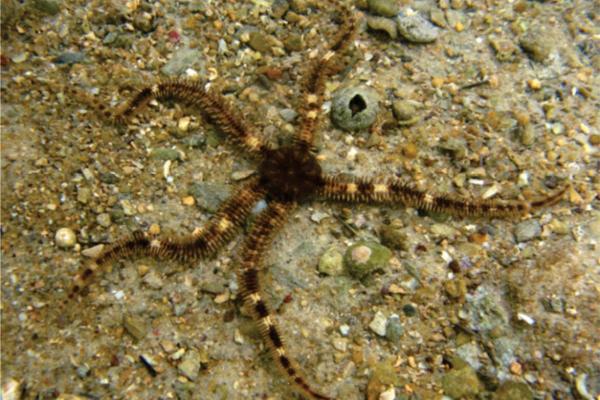
This giant starfish can reach up to 60 cm in diameter and is covered with venomous spines that can cause severe pain and injuries to humans. It is a significant predator of coral reefs.

Sharks have skin covered in tiny, tooth-like scales called dermal denticles. These structures act like microscopic spines, protecting the shark’s body and improving hydrodynamics.

The “spines” of bony fish refer to the bony rays that support their fins. Some species have hard, sharp fin rays that act as defensive spines to deter predators.

This freshwater turtle features raised, spiny projections along the center of its shell (carapace), especially near the tail, serving as a form of protection.

Native to Madagascar, the panther chameleon has small bumps and spines along its back and belly, which help with camouflage and defense.

Inhabiting the deserts of North Africa, this lizard has a tail armored with rings of sharp spines. When threatened, it lashes its tail to fend off predators.

This agamid lizard features a row of long, sharp spines along its back and head, used by males in territorial and mating disputes.
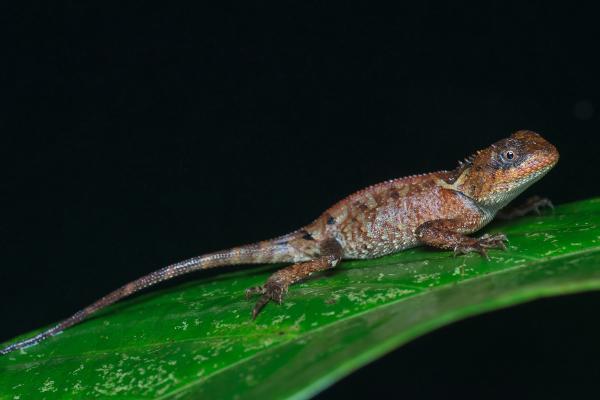
Native to the Galapagos, the marine iguana sports a dorsal row of long spines. Males have longer spines, which help with balance and stabilization when swimming.
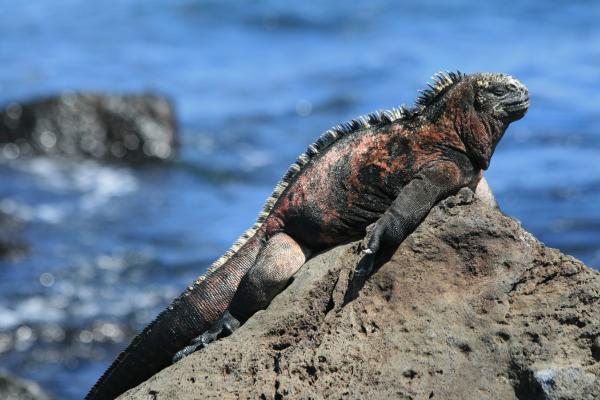
This iconic dinosaur’s name means “spine lizard” due to the enormous, elongated spines on its back, which may have supported a sail used for thermoregulation or display.

Cuban crocodiles have a rugged back and tail covered in large, bony scutes with pronounced spines. These help in absorbing heat and provide protection.
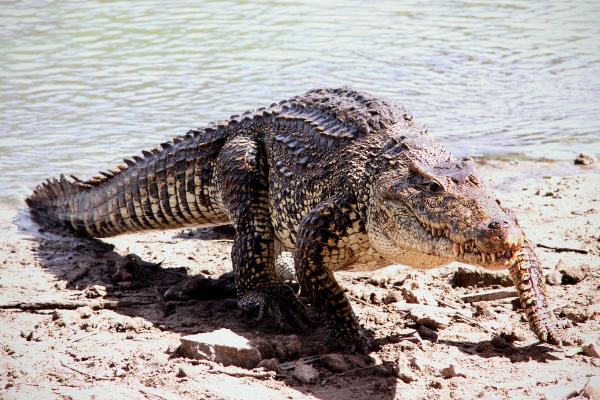
While king penguins appear soft, their tongues are covered with backward-facing, spine-like papillae. These spines grip slippery fish and prevent them from escaping.
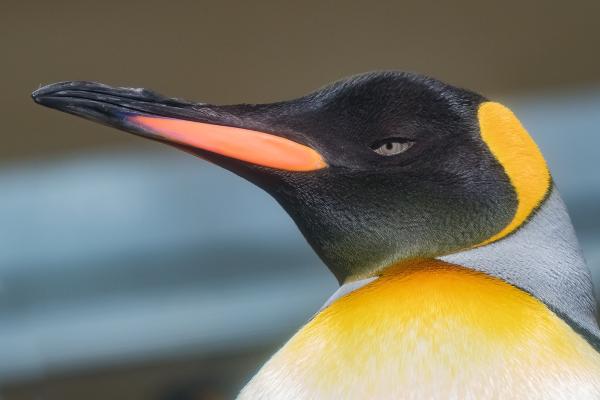
This unusual mammal is covered in sharp, protective spines made of keratin. When threatened, it curls into a ball, exposing only its spines to would-be predators.
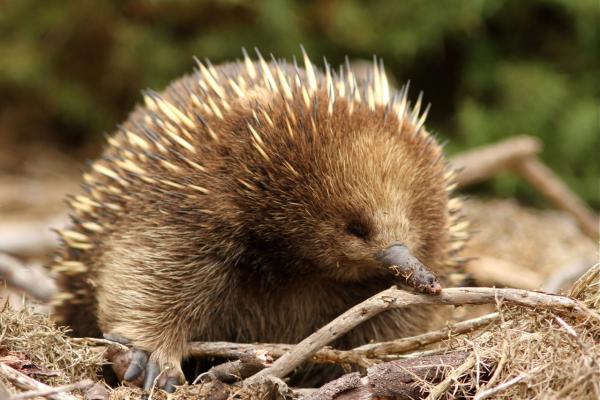
North African Hedgehog (Atelerix algirus)
Lesser Hedgehog Tenrec (Echinops telfairi)
Old World Porcupine (Hystrix cristata)
These are just some of the many fascinating spiny animals found in nature. Each has evolved its own unique method of protection and adaptation. Interested in more animal facts or evolutionary defenses? Stay tuned to our website for more in-depth articles on the wonders of the animal world!
animal tags: Thorny Animals
We created this article in conjunction with AI technology, then made sure it was fact-checked and edited by a Animals Top editor.